5 March 2016
Using Children’s Literature to teach Engineering: G-Drive
In The Runaway Bunny, Baby Bunny keeps trying to run away, and Mama Bunny must figure out ways to find him! Using the theme of cause and effect, students must work with partners to design and create a container that Mama Bunny can use to safely and successfully carry her bunny wherever she goes. Learn how we use this idea and more to inspire elementary students to be engineers.
<Design Briefs 1> <Design Briefs 2> <Design Briefs 3>
Always on, always connected:
Educating a new generation of digitally empowered kids
What are the current opportunities and challenges in educating and empowering children to be leaders, innovators, and creators of the media and technology that create our world?
Reading:
Davis, C.L. & Turtle, S. (2015, October 7). The flight from conversation. The Atlantic, 1-8. Retrieved online:
http://www.theatlantic.com/technology/archive/2015/10/reclaiming-conversation-sherry-turkle/409273
Turkle, S. (2015). Reclaiming conversation: The power of talk in a digital age. New York, NY: Penguin Press.
Turkle, S. (2013). Alone together: Why we expect more from technology and less from each other. New York, NY: Basic Books.
On Teaching: Why is teaching one of the most highly contested terms you will encounter? How might teachers integrate hands-on, heads-on, hearts-on, and feet-on learning — body, mind, soul, action — curriculum, pedagogy, creativity, and emotion with cognition? How do we make a teacher great?
What are the changing roles and societal expectations for teachers?
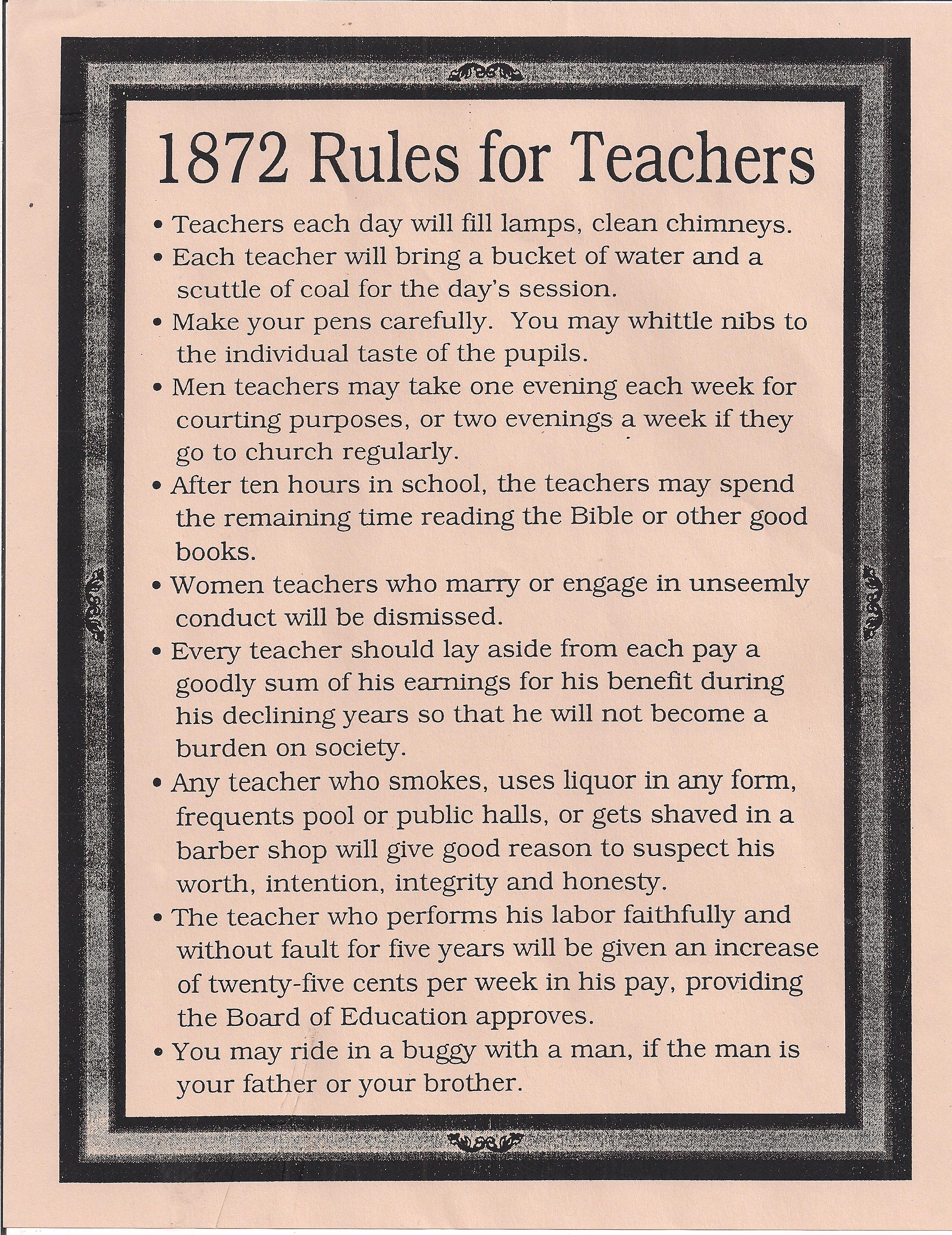
20 February 2016
Google Expeditions <school program>
iBooks Cartoon: <www.pixton.com> <www.bitstrips.com>
Which personality type are you? <hightail quiz><test #2>
The Enthusiast? The Planner? The Creator? The Talker?
Design Thinking Challenges:
1. Coding Apps & Chatterpix (give your photos a voice)
2. Play OSMO & Teacher Scruples <1989 TV Ad> <Second Edition>
3. Design your ideal learning environment
4. “Before I die, I want to” & Peer Teaching Awards
OWP/P Architects, VS Furniture, & Bruce Mau Design. (2010). The third teacher: 79 ways you can use design to transform teaching and learning. New York, NY: Abrams Books.
13 February 2016
Create No Hate, a powerful anti-cyberbullying video made by 13-year-old filmmaker/vlogger Luke Culhane #NoH8
What most schools don’t teach
Everyone can change the world
Brennan, K., Chung, M., & Hawson, J. (2011). Creative computing: A design-based introduction to computational thinking. Scratch Curriculum Guide.
Davis, V. (2015). 15+ ways of teaching every student to code (even without a computer). Edutopia.
Gard, T. (2016) Coding Resources 101. The MindShare Learning Report.
Kafai, Y. & Burke, Q. (2014). Connected code: Why children need to learn programming. Cambridge, MA: The MIT Press.


(photo from Lauren’s evernote)
iBook cover: Brainstorm ideas
iBook artifact: 3D objects, interactive images, infographics, pop-up sidebars, audio, video, recitation of stories and poetry, and widgets. Example: Family Time with Apps (2014)
iBook template: Modern Basic, Portrait Orientation
29 January 2016
The StoryCorps connection: powerful emotions, human connection, imagination, empathy, sacred tears, and how eloquent people can be when they express the thoughts that so long have been in their hearts.
App Pedagogy <Allan Carrington’s Padagogy Wheel> how pedagogy can drive technology in the classroom (rather than technology driving pedagogy) with links to 122 of the latest and most popular educational apps.
How is technology changing the way children think, learn, and focus in school?
How might we increase student voice and choice in their education, curriculum, and learning circumstances?
Big ideas on British Columbia’s redesigned curriculum
What are the complex ethical, technical, and pedagogical issues associated with the development and implementation of BC’s new ADST framework?
How might we include students in the development of new curriculum? For example, consider ISTE (International Society for Technology Education): Student Feedback; Standards for Students (7 Standards; 28 Performance Indicators).
At the inaugural BC Tech Summit, Christy Clark announced that computer coding will be added to the province’s K-12 school curriculum. What are some of the difficult questions concerning BC’s new tech strategy, including: teacher training, backend support, equitable funding for classroom technologies, and the need for government accountability?
iBooks Author: Planning our iBook <iBooks Author Support>
1. Discuss timelines (draft due Feb 20, peer editing Feb 20, formatting due March 5, tweaking March 5)
2. Select a template and common style elements (font, APA references)
3. Choose common iBook elements (bio, photo, your suggestions)
4. Brainstorm title options and visual ideas for cover artwork
Playful Learning Lab for Teachers:
1) The EDCP 508 BrushBots Race <BrushBots Instructions>
2) Robotics Apps <Autodesk 123D app family> <EV3 Robot Commander> <Lego Juniors Create & Cruise>
3) 3D Holograms <video> <Blender software to create 4D imagery>
4) DAQRI Elements 4D Augmented Reality <Chemistry Lessons>
5) Paper Engineering <Robert Sabuda>
6) Arvin Gupta <Toys from the Trash>
16 January 2016
What are the complex ethical and technical issues associated with the development and implementation of new media and technology (e.g. Virtual Reality) into K-12 curriculum (e.g., British Columbia’s new ADST framework)?
How might educational VR experiences be designed to create powerful, accessible, and personal learning opportunities in K-12 classrooms?
Introducing Oculus Medium a virtual sculpting tool that allows you to access various sculpting tools and manipulate clay-like material into different sizes, shapes, textures, and colors to magically create anything you can imagine. Users can easily interact/create together and share their creative process with other people in the same virtual environment.
Introducing Microsoft HoloLens where VR technology becomes more personal and can adapt to the ways humans communicate, learn, and create. Holograms can improve the way we do everyday activities, and enable us to do things we’ve never done before. For education, HoloLens can help to make incredible leaps forward in productivity, collaboration, and innovation. See how VR transforms the way Case Western Reserve University teaches anatomy and transforms our understanding of the human body. Watch as 30 high school girls try out the HoloLens device during a Holographic Academy developer education session at DigiGirlz, a Microsoft YouthSpark program that helps girls and young women learn about careers in technology.
Everyone around you has a story the world needs to hear!
Dave Isay <TED Talk><StoryCorps App> <Danny & Annie> <Miss Devine>
Isay’s 2015 TED Prize wish: to grow this digital archive of the collective wisdom of humanity. Story corps claims to be the single largest collection of human voices ever recorded, but also consider Zero Freitas, the Brazilian man with over five million vinyl records <BBC Outlook>.
9 January 2016
“All children deserve opportunities to be the creators of the media and technology that create our world, as well as to take part in changing who controls, leads, and owns our future” MacDowell, 2016
Maker Education Seminar
Making, Tinkering & Designing in the K-12 Classroom
Rube Goldberg <lesson1> <lesson2>
<Papertronics> <Paper Circuits #1> <Paper Circuits #2>
iBooks Author
Apple iBooks Author Tour (3 min)
Apple iBooks 2 Textbook Presentation (7 min)
iBooks Author Basics plus Widgets (28 min) *optional
Create an Interactive Book with iBooks Author (18 min) *optional
Maker Education Workshop
Squishy Circuits <activities> <projects>
Tinkercad 3D Design
Google Cardboard VR <DIY headset> <buy it#1> <buy it#2>
Black-Out Poetry
Makey Makey <activities>
Maker Education Assessment
<evaluation> <rubric> <more rubrics>
Atwell, C. (2015). Developing musical instruments for people with physical disabilities. Make Magazine.
Crichton, S. & Carter, D. (2015). Maker Day Toolkit 2. Kelowna, BC: Innovative Learning Centre.
Somerson, R. (2013). The art of critical making: An introduction. In R. Somerson & M. Hermano (Eds.) The art of critical making: Rhode Island School of Design on creative practice (pp. 19-31). Hoboken, New Jersey: John Wiley & Sons.
Townsend, J. (2015). Building the makerspace of your students’ dreams. Edutopia.

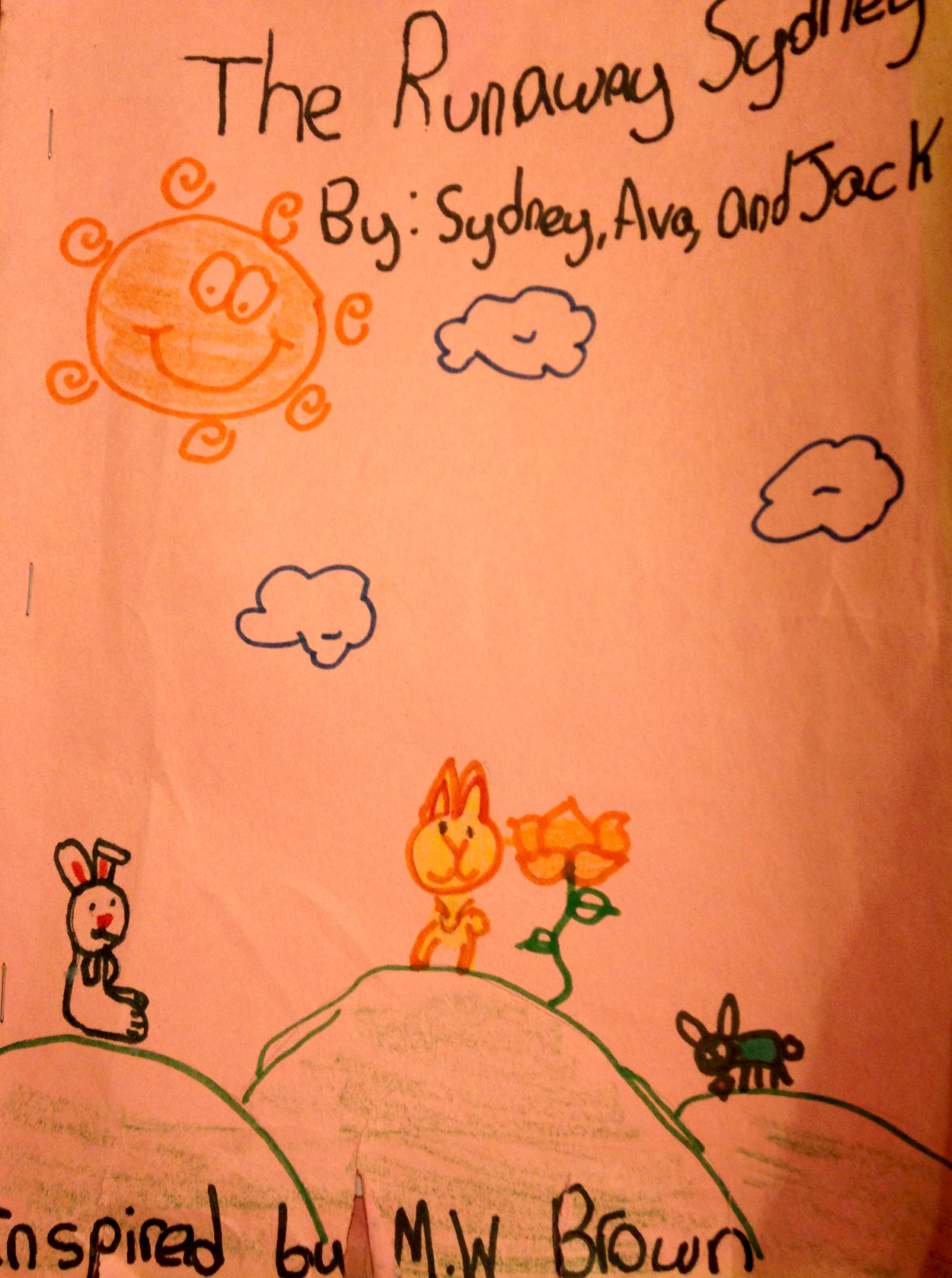
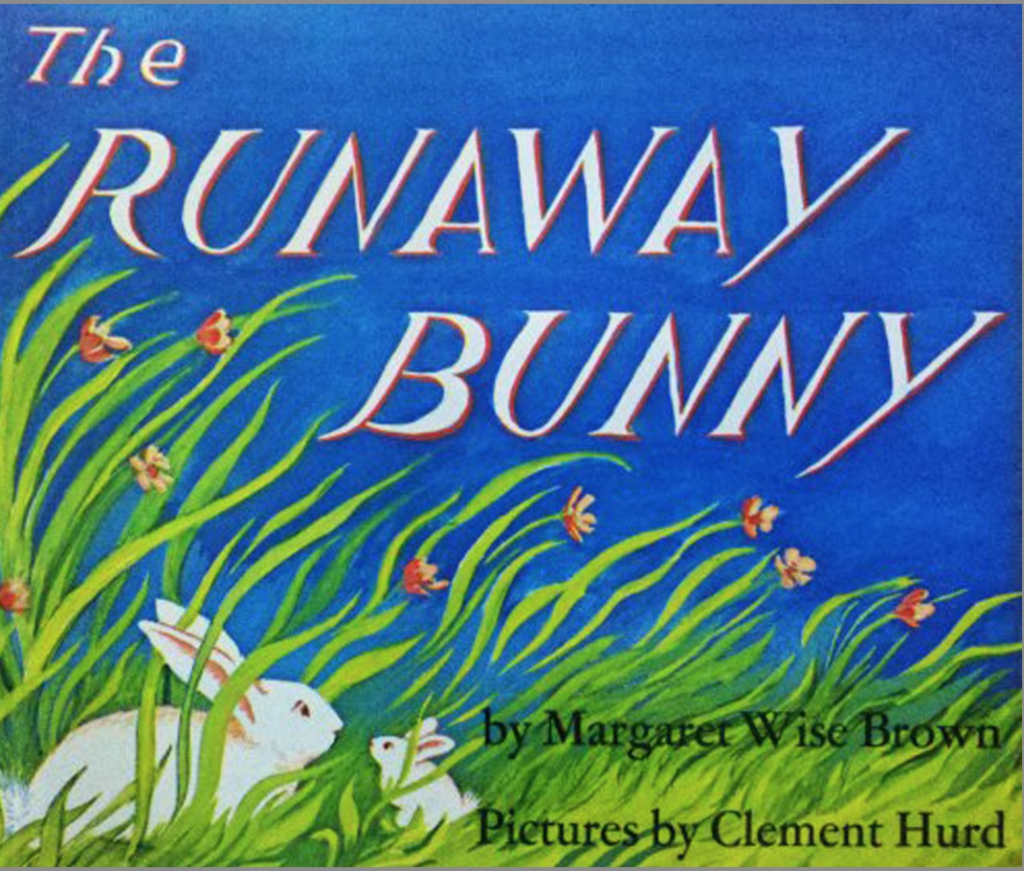
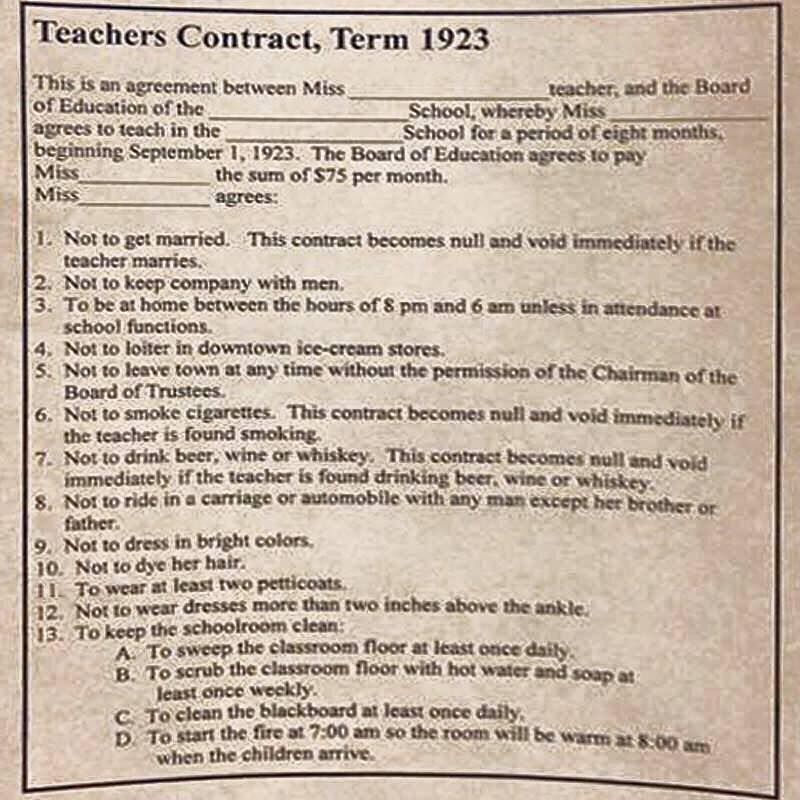
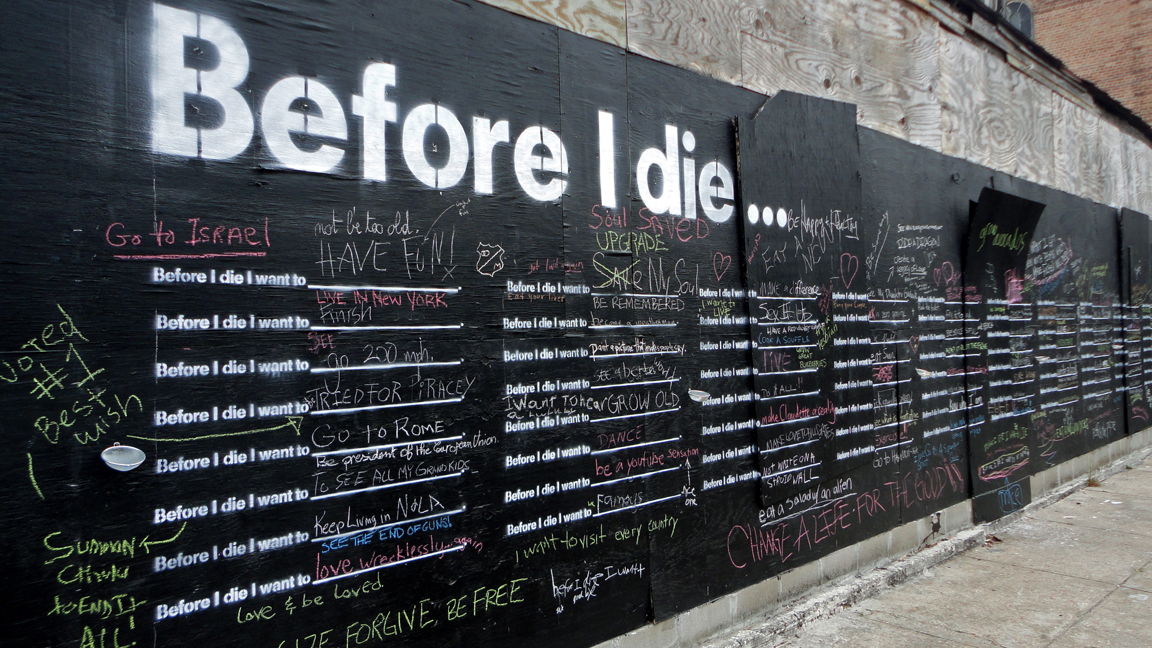
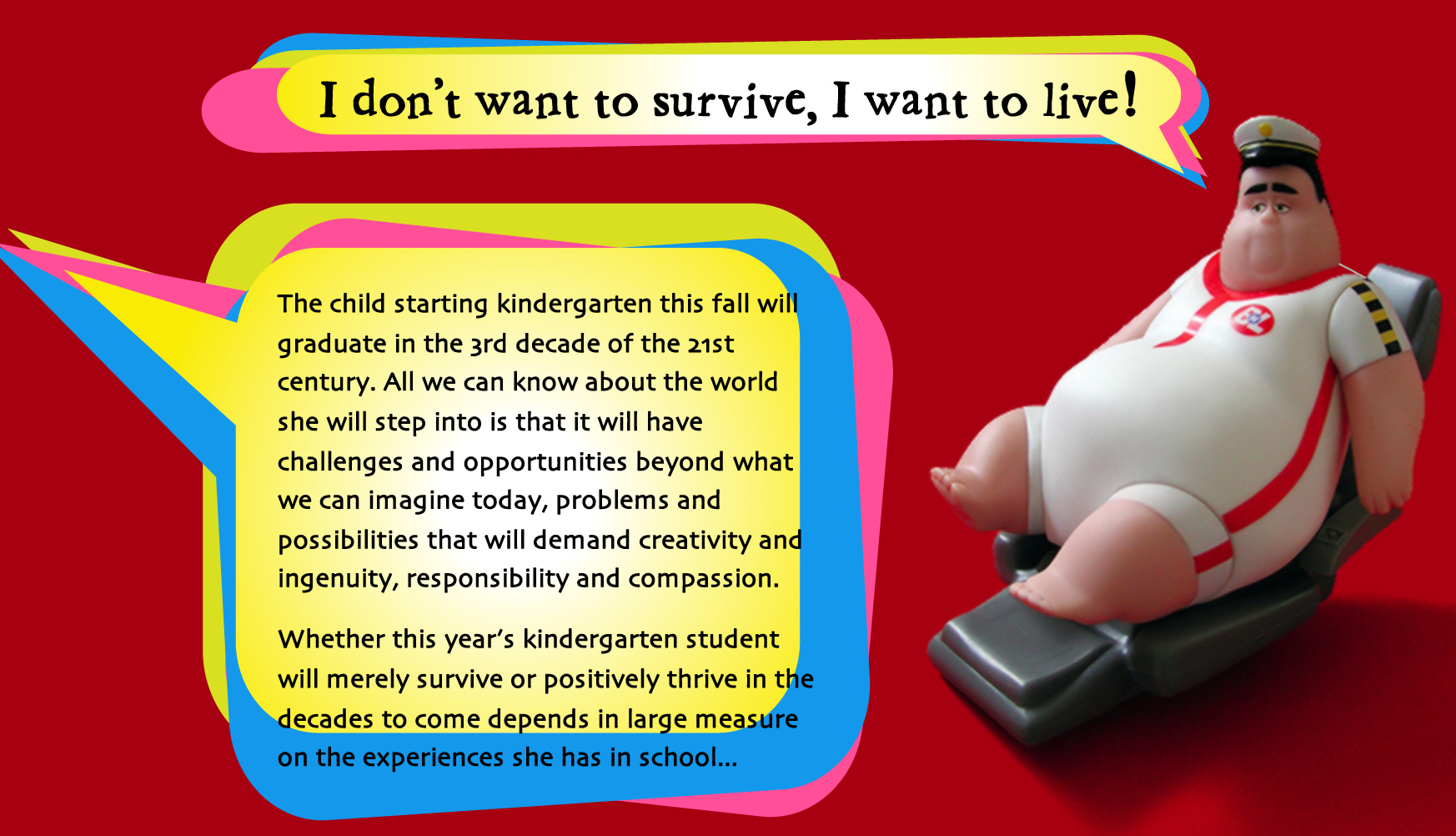

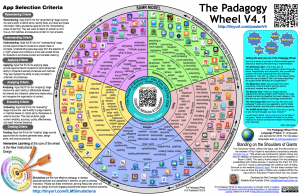
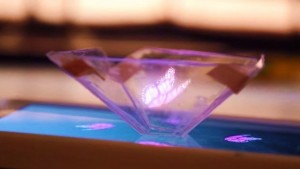
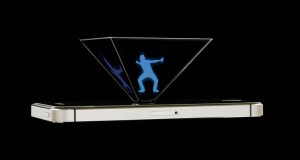
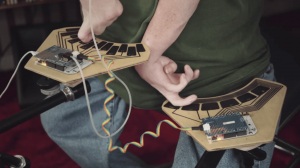
 Follow
Follow